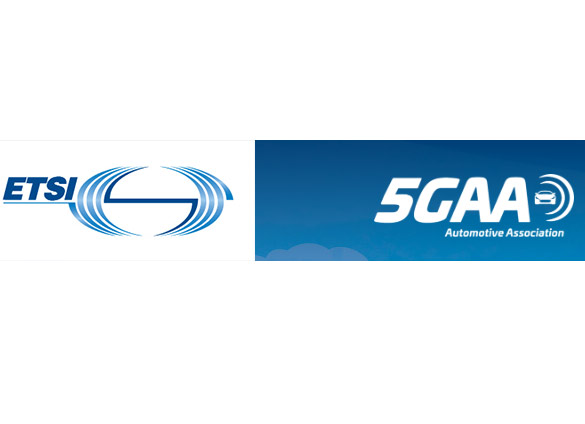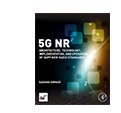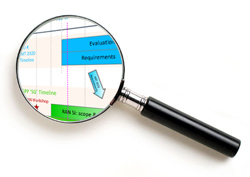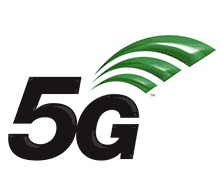
5G for the connected World
November 13, 2019
The recently published book ‘5G for the connected World’, edited by Devaki Chandramouli, Rainer Liebhart and Juho Pirskanen explains 5G in detail, focusing on 3GPP Release 15 content and how it can be used to enable new services beyond the ones specified for LTE. In this edited extract Devaki Chandramouli and Rainer Liebhart look at how URLLC makes the difference:
One of the key differentiators between LTE and 5G is the capability to provide ultra-low latency and extreme high reliability connectivity service to applications.
Low latency translates usually to a few milliseconds, even 1ms in the extreme case, for end-to-end latency between client and server on the user plane. Control plane latecy requirements are usually less stringent, in range of 10ms.

V2X Plugtests cover 3GPP Specs
October 16, 2019
A variety of traffic scenarios will be used during the 1st C-V2X Plugtests™ (2-6 December 2019) to ensure that devices can work together and provide the functionalities specified in the 3GPP and ETSI standards.
The launch site for the event at www.etsi.org/events/1659-cv2x-plugtests lists these topics: Signalization of road hazards, Traffic violation monitoring and Collision warnings – as initial candidates for the tests, in both lab and field environments at the Dekra test facilities in Malaga, Spain.
The 3GPP test cases will be drawn from LTE_V2X features, described in these Rel-14 & Rel-15 specifications:

5G Systems Development and Deployment
October 8, 2019
In his recent book, 5G NR: Architecture, Technology, Implementation, and Operation of 3GPP New Radio Standards, Sassan Ahmadi, a regular TSG RAN and RAN Working Group delegate, provides a detailed explanation of how the 5G new radio access and core networks are being implemented and deployed. The following article is an introduction to the book, providing a high-level view on 5G systems design, implementation and deployment.
By Dr. Sassan Ahmadi, Xilinx Director and Lecturer at Stanford University
The substantial growth in the number and variety of connected devices and the increase in user/network traffic, as well as the performance limitations of 4G technologies, have motivated industry efforts toward the deployment of 5G mobile networks. Network operators are gearing up toward meeting the dramatic increase in capacity by a combination of; new spectrum utilization, spectral efficiency improvements and ultra-dense network deployments. The 5G system includes intrinsic flexibility and configurability to optimize the network for a wide range of use cases and business models.
The high-throughput mobile broadband use case is primarily based on the evolution and enhancement of LTE technology which facilitates coexistence with the existing radio access networks. However, this legacy support is limited to sub-6 GHz spectrum. All deployments above 6 GHz must use new baseband and radio technologies that improve spectral efficiency, throughput, latency, and other key performance metrics. The 5G mission-critical MTC (low latency and high reliability) and massive-MTC (low energy, low cost, dense coverage) are new use cases that may not rely on legacy support or backward compatibility.

First newcomers session at TSG#85... more to follow
September 18, 2019
To address the questions that newcomers to 3GPP dare not ask, the 3GPP TSG Chairs have initiated a breakfast time session – held during the Plenary week – where the leaders take new attendees through material on what 3GPP is doing and how it is done. The first 'Newcomer’s orientation session’ was well attended and should be repeated at future TSG meetings.
A few issues came to light in the session, related to the challenges encountered getting a technical proposal through the groups, how the coordination between SA and RAN is organized, on how challenging the 3GPP environment can be for new comers – as well as practical questions on the portal, web site use and meeting registration.
Search and download specs, docs, CRs and more from the 3GPP FTP Server:
![]() Webinar on RAN Rel-16 progress and Rel-17 work area discussions
Webinar on RAN Rel-16 progress and Rel-17 work area discussions
![]() 3GPP SA6 work on new verticals
3GPP SA6 work on new verticals

